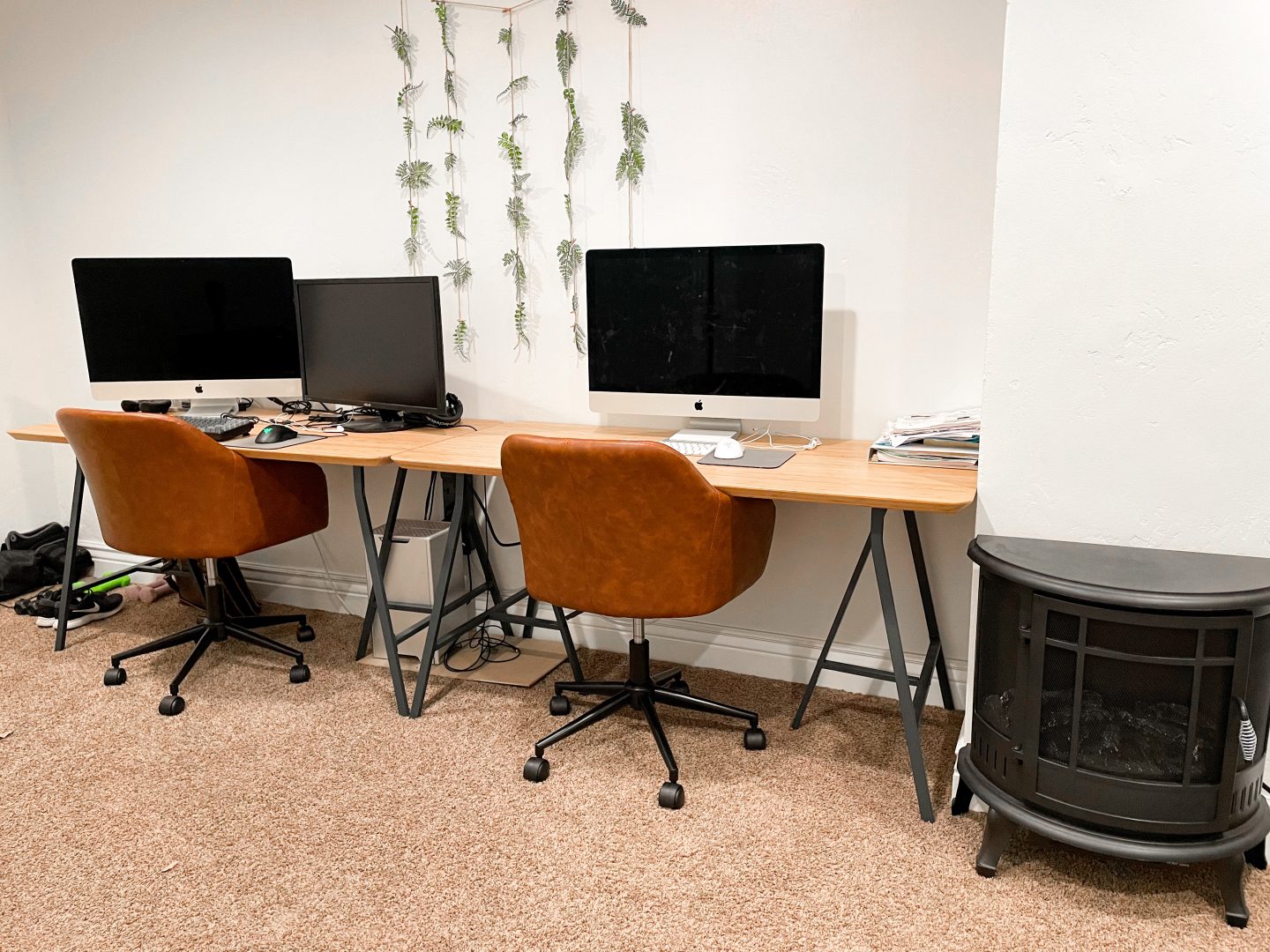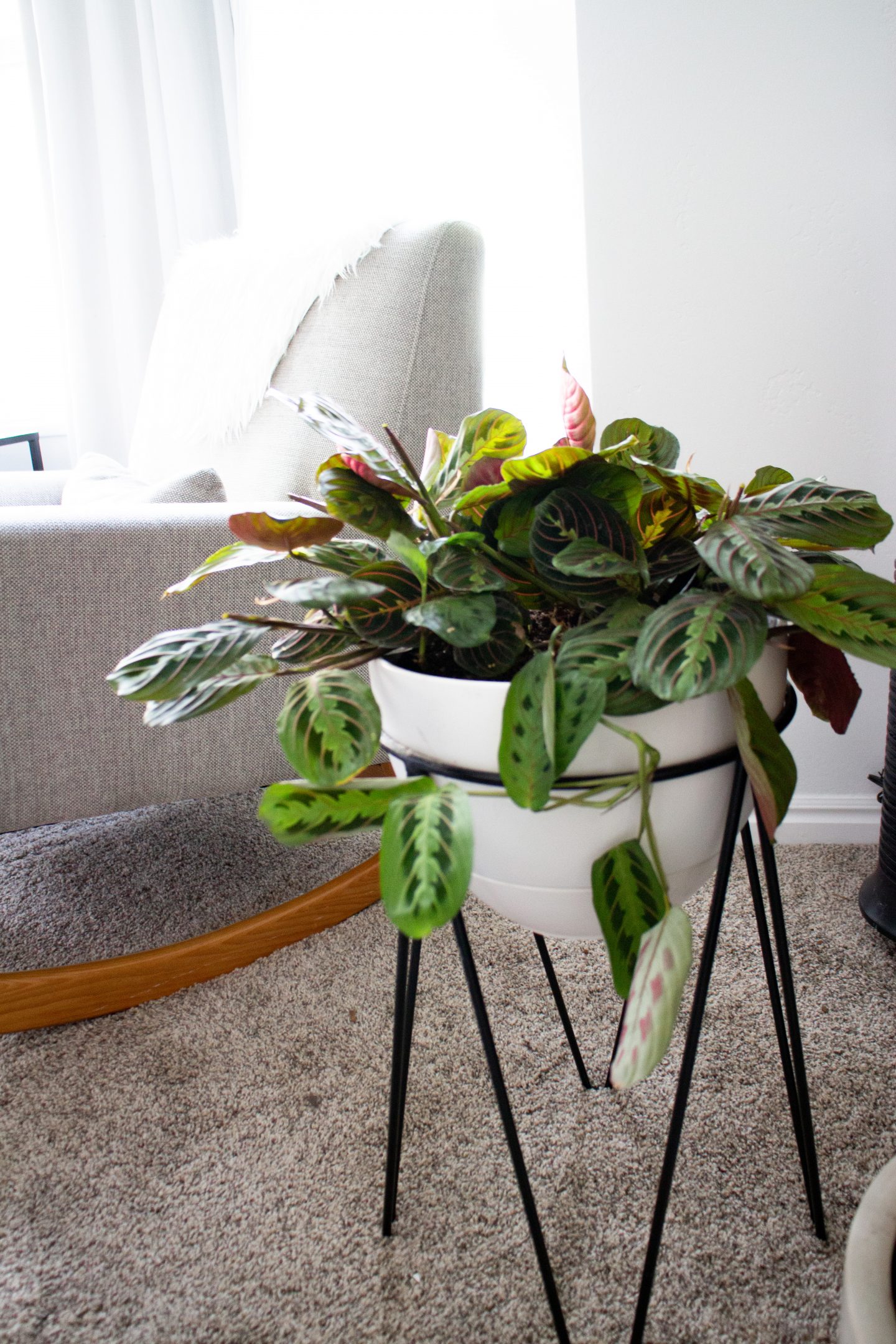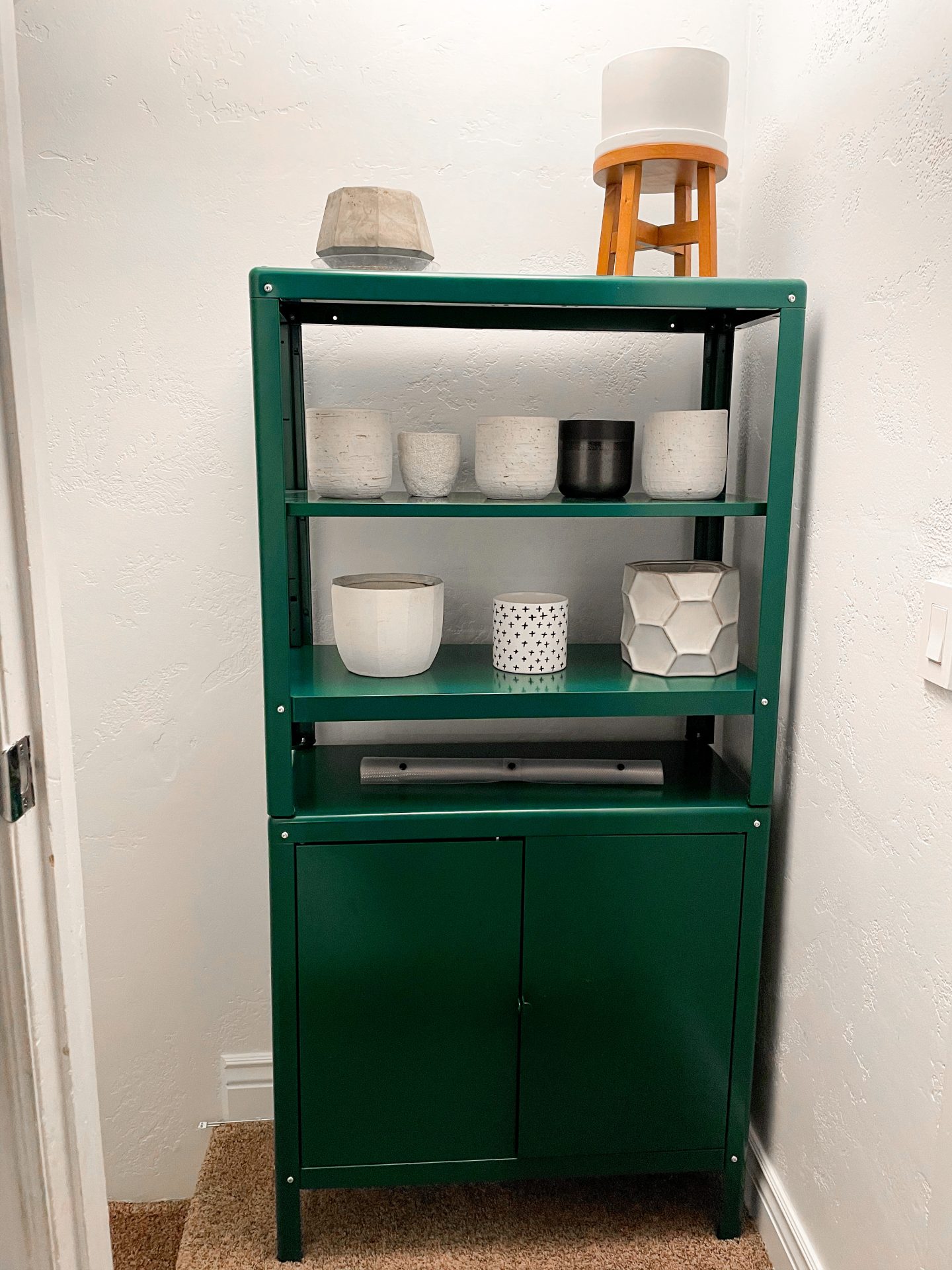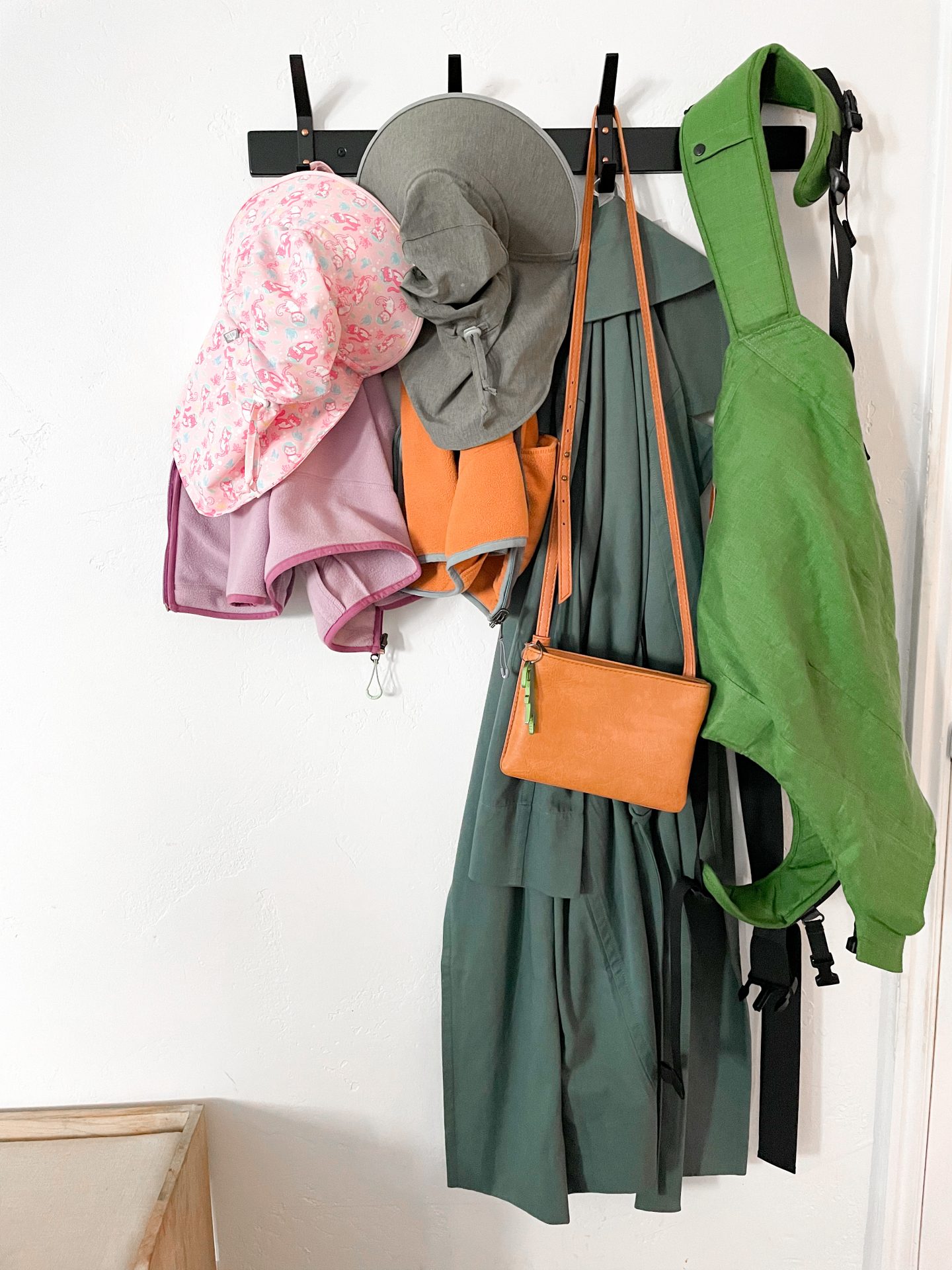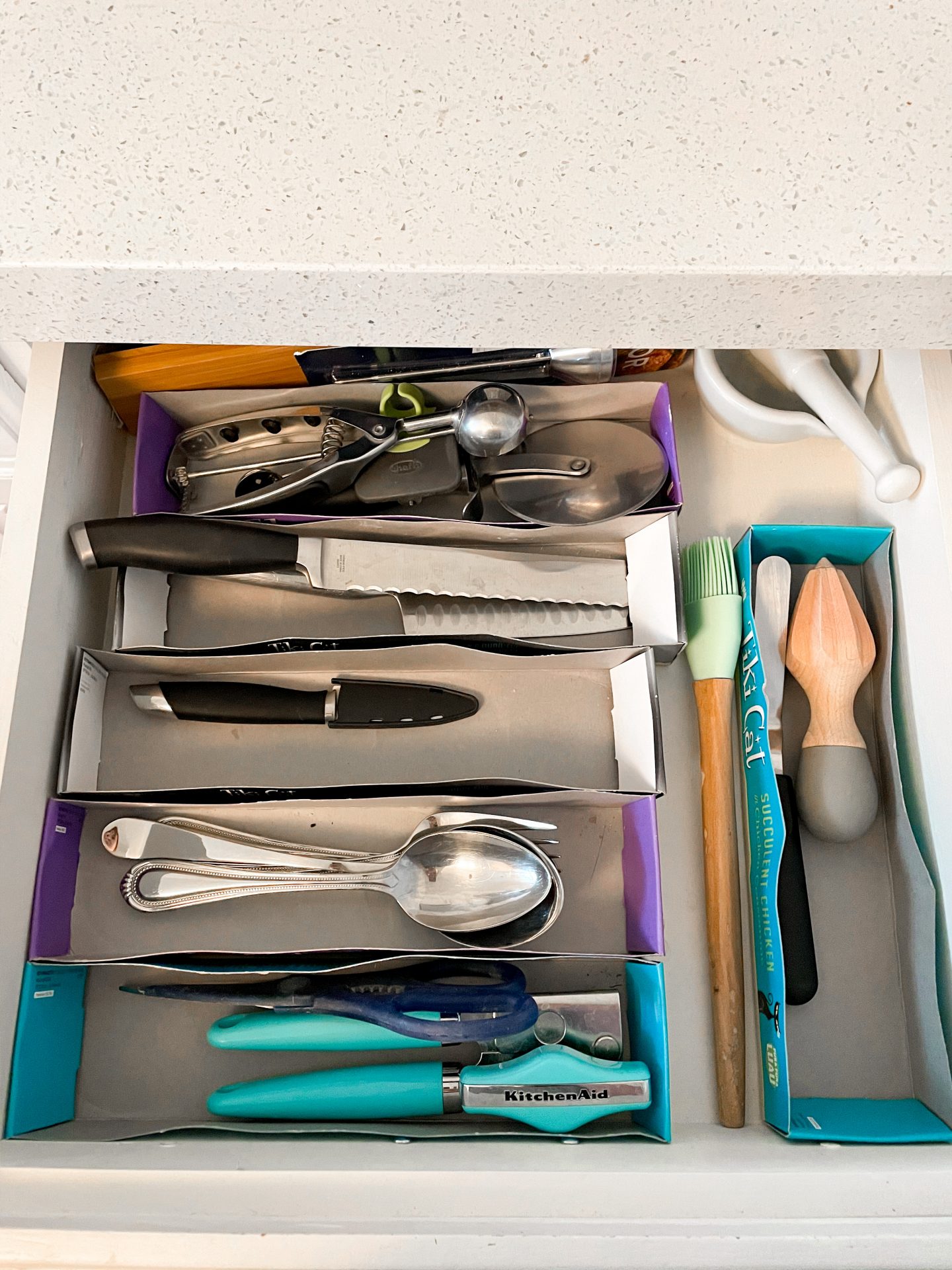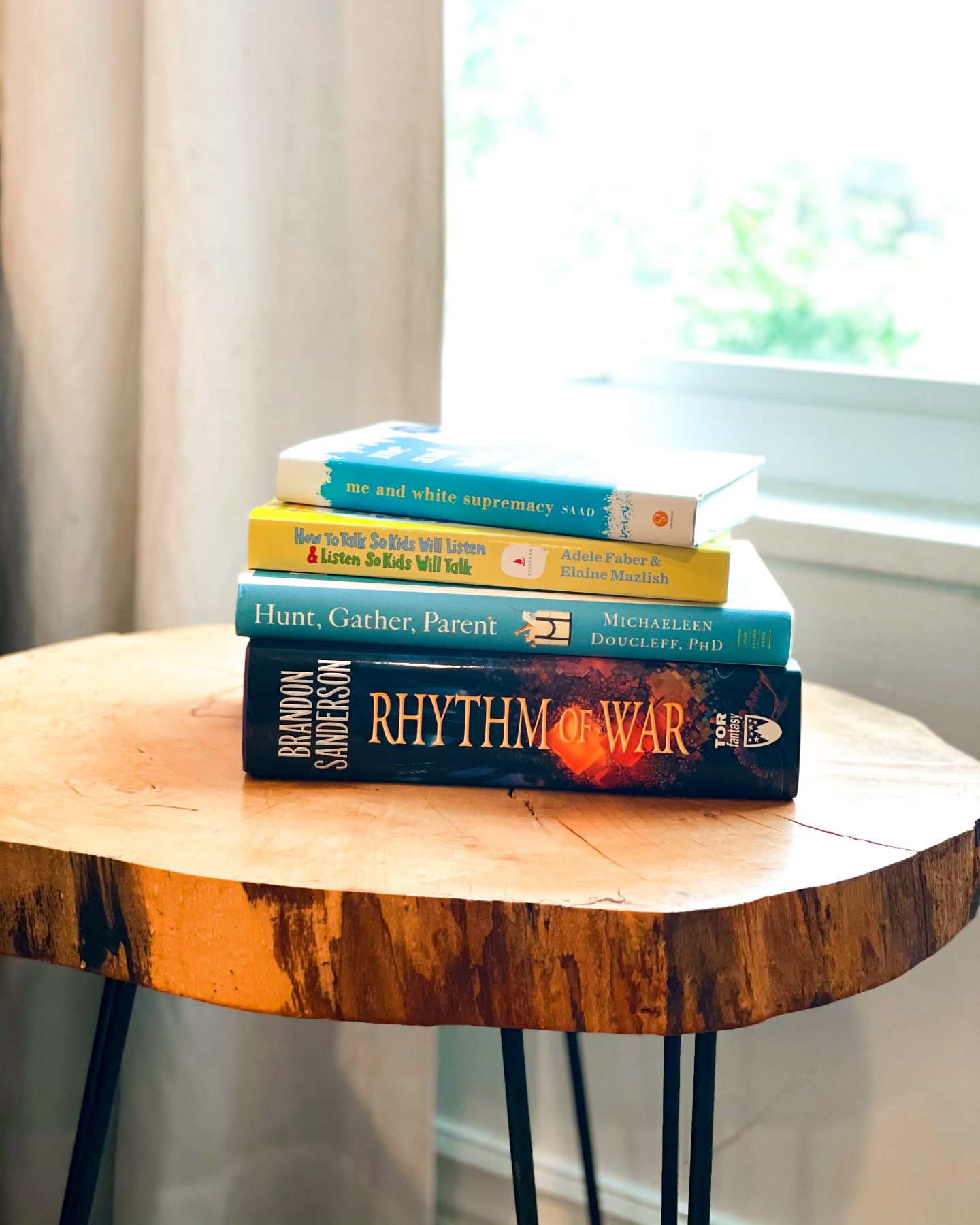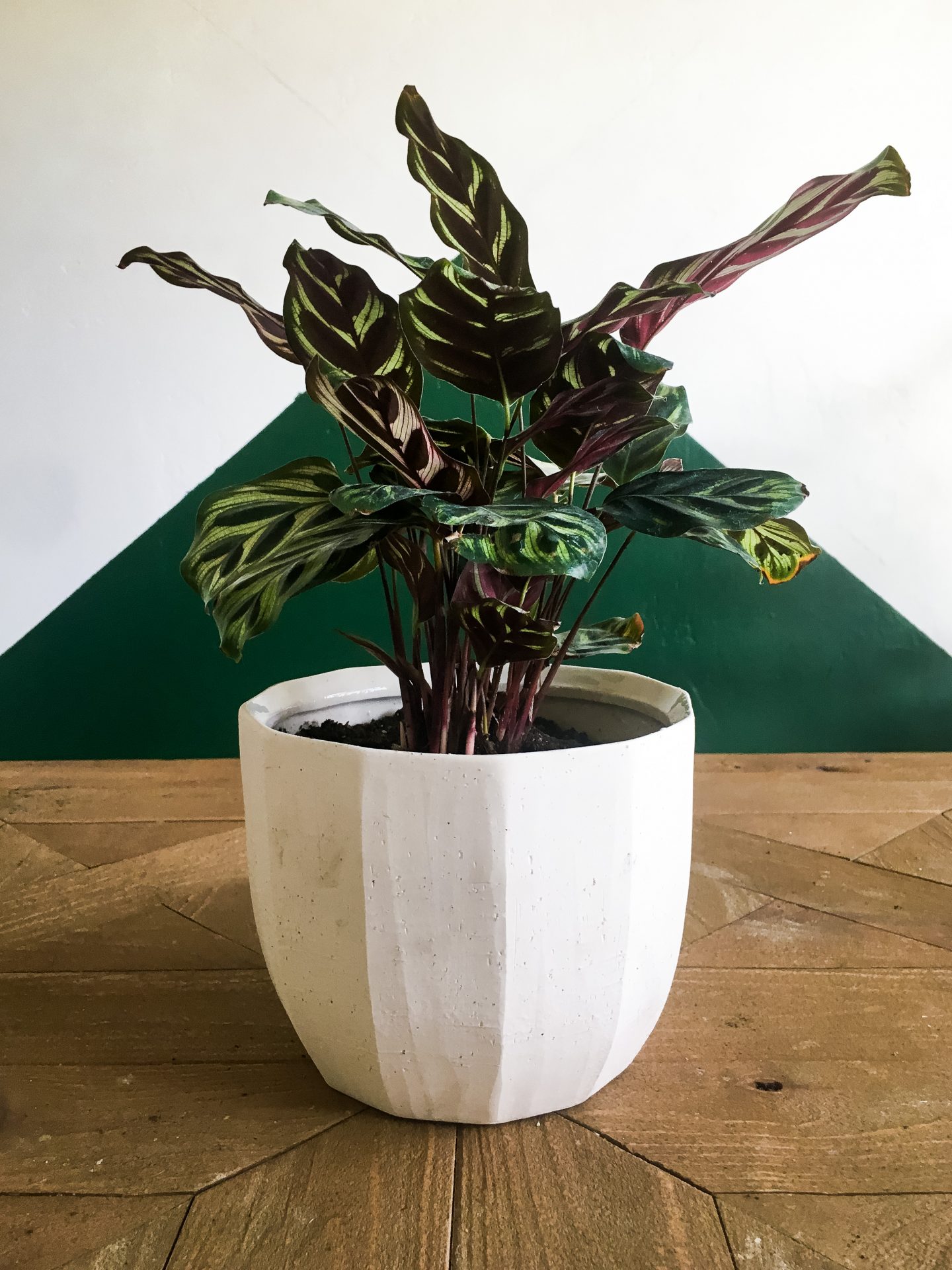From what I’ve seen, critics of minimalism, or those hesitant to embrace it typically have the same complaint––that it’s unrealistic. There is a level at which I agree. To be reductive: a bachelor (therefore no spouse, or kids) with limited hobbies, no pets, that doesn’t own a home. This seems to be the only way to truly achieve minimal minimalist nirvana, owning only what fits in a backpack.
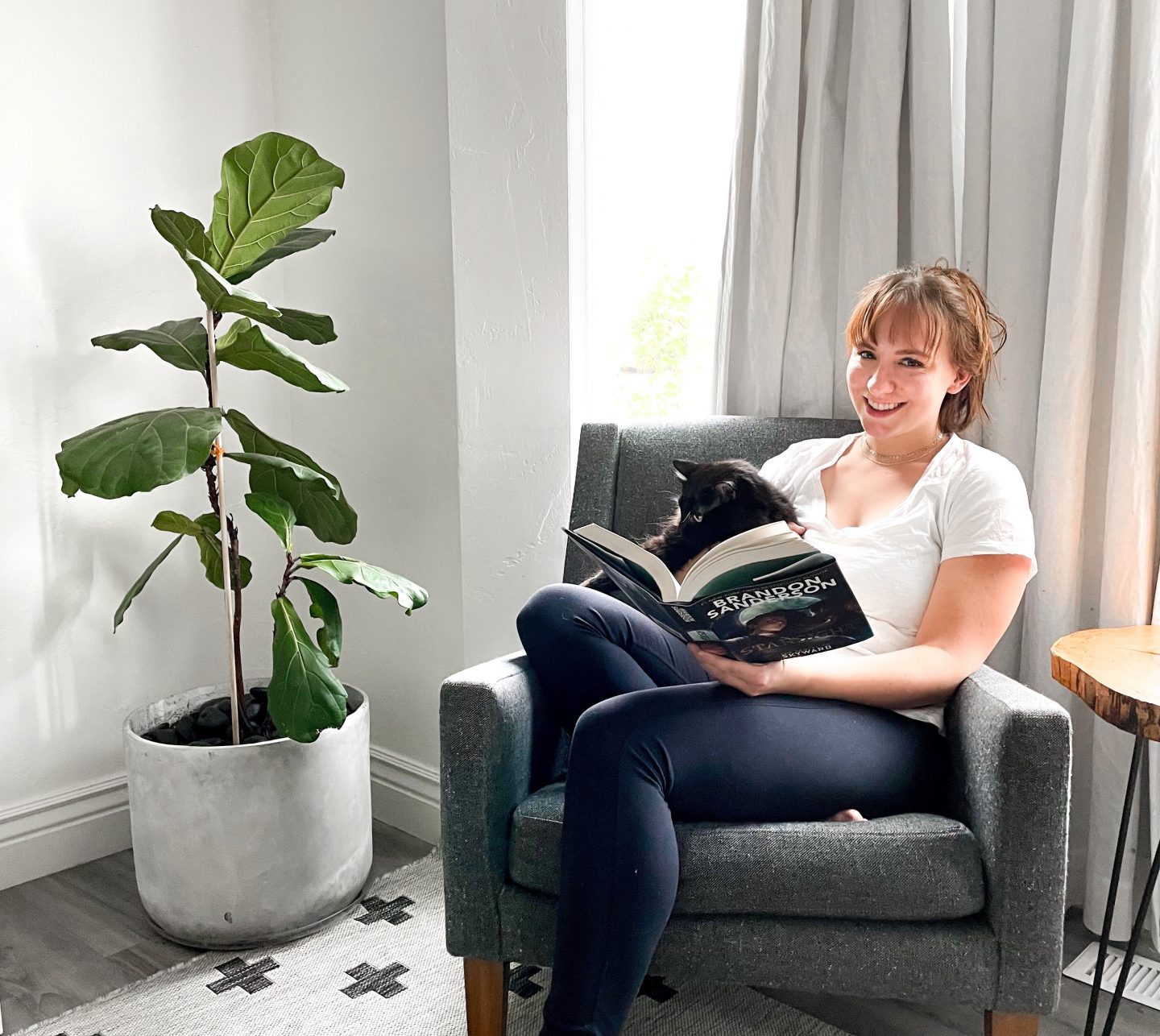
The truth of the matter is that minimalism is a spectrum. Personally, I am a KonMari minimalist (shocker, I know). In this practice, there are a few stand-out guidelines:
- Remove everything from where it’s stored, and hold it to see if it ‘sparks joy’
- Some items (say, a hammer), are practical and necessary, which earns them their keep
- Store like-items together
- Tidy items in a way that allows them to be easily seen and accessible, and to stay put
The cool thing about this method is that no one gate-keeps how many kitchen spoons you ‘should’ have––you will know for yourself how many you enjoy, or are necessary. A KonMari follower could be the guy with 12 possessions in his backpack, but could also be more of a maximist. As long as you’re truly honest about what brings you joy, and carry out the process, you’re in the clear.
There are many different reasons people are attracted to minimalism—eco-consciousness, frugality, aesthetic, etc. But to me, the thing that ties them all together, and gets to the heart of the movement is: mindfulness.
To illustrate this idea, allow me to share some examples from my experience:
think ahead – the first step in the KonMari process is to visualize, and write down the kind of space you want. Not just the feel—but the look, and the lifestyle you want. You can read about my vision for my home here. It may seem like a superfluous step, but it’s really useful. Since I know how I want my space to feel (how open it is; the colors; the design style I’ve decided on; what things are most important visually), I am not tempted to add random things, or to mesh too many different looks, which results in a muddled and directionless ambiance (which may be the snobbiest, and silliest phrase I’ve ever typed).
figure out what matters most to you – I’m not going to own 12 books, or however many Marie Kondo suggests; my dream is a home library. My few plants meant to breathe life into our home has spiraled into…many. I have 3 cats. These things spark joy for me, and add value and meaning to my day-to-day. That’s okay. Everyone has their things. Your things don’t need to be my things. And you needn’t feel compelled to keep your ‘excess’ to solely one category. On the flip side, though, make room where you can. I currently own 4 pairs of shoes (honestly, that’s not the dream, but pregnancy foot-growing, among other things, put me here). We have 2 sheets per bed. I donated our drinking glasses, because they were difficult to clean, and we very rarely used them. I cook a lot, but I don’t have a hoard of mixing bowls and sheet pans (as I once did), because it wasn’t necessary for me. Being mindful can help give you breathing room where you can take it, and allow you to indulge where you’ll get the most joy.
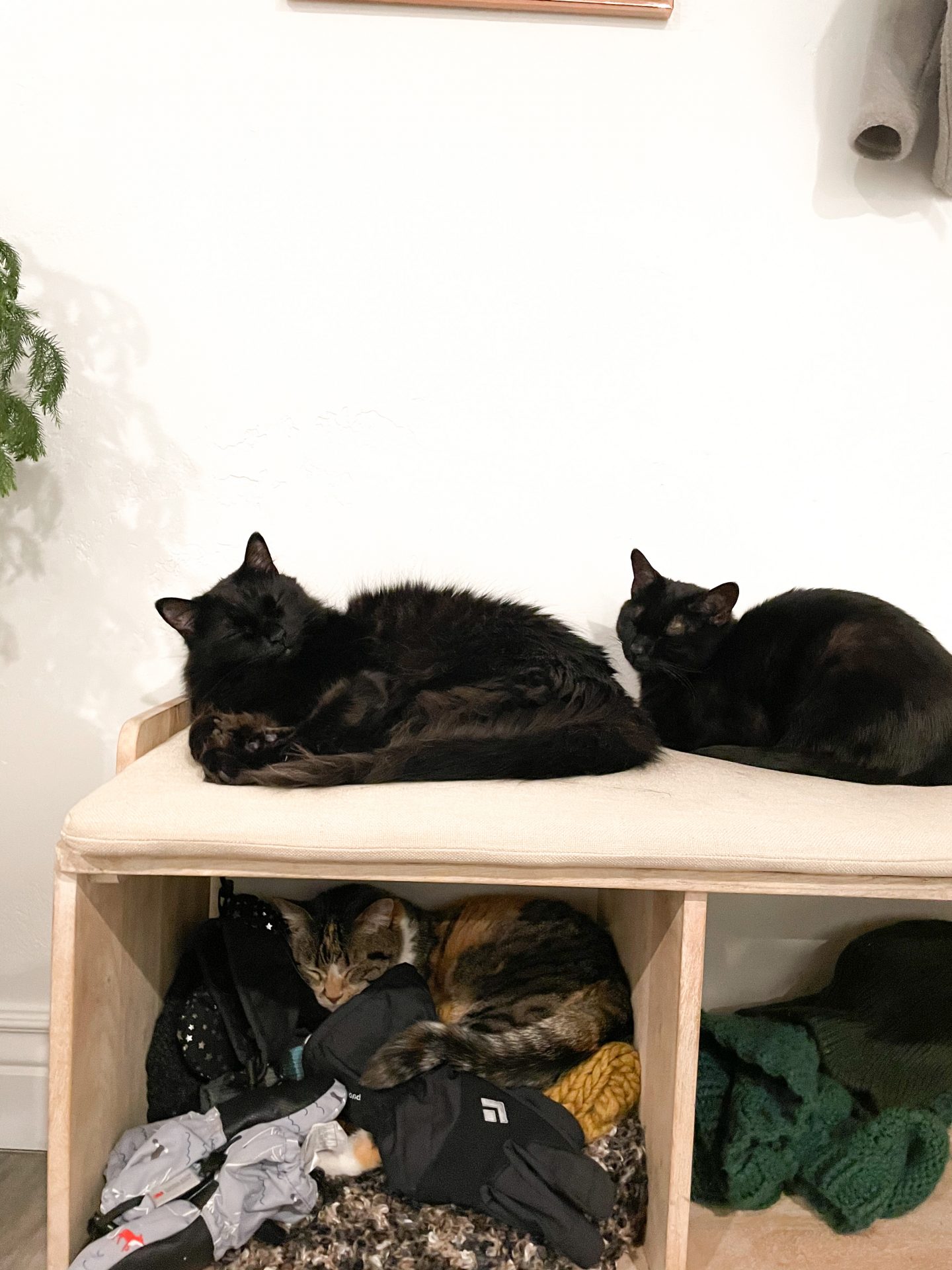
fun fact: if you provide adequate storage, cats will simply organize themselves 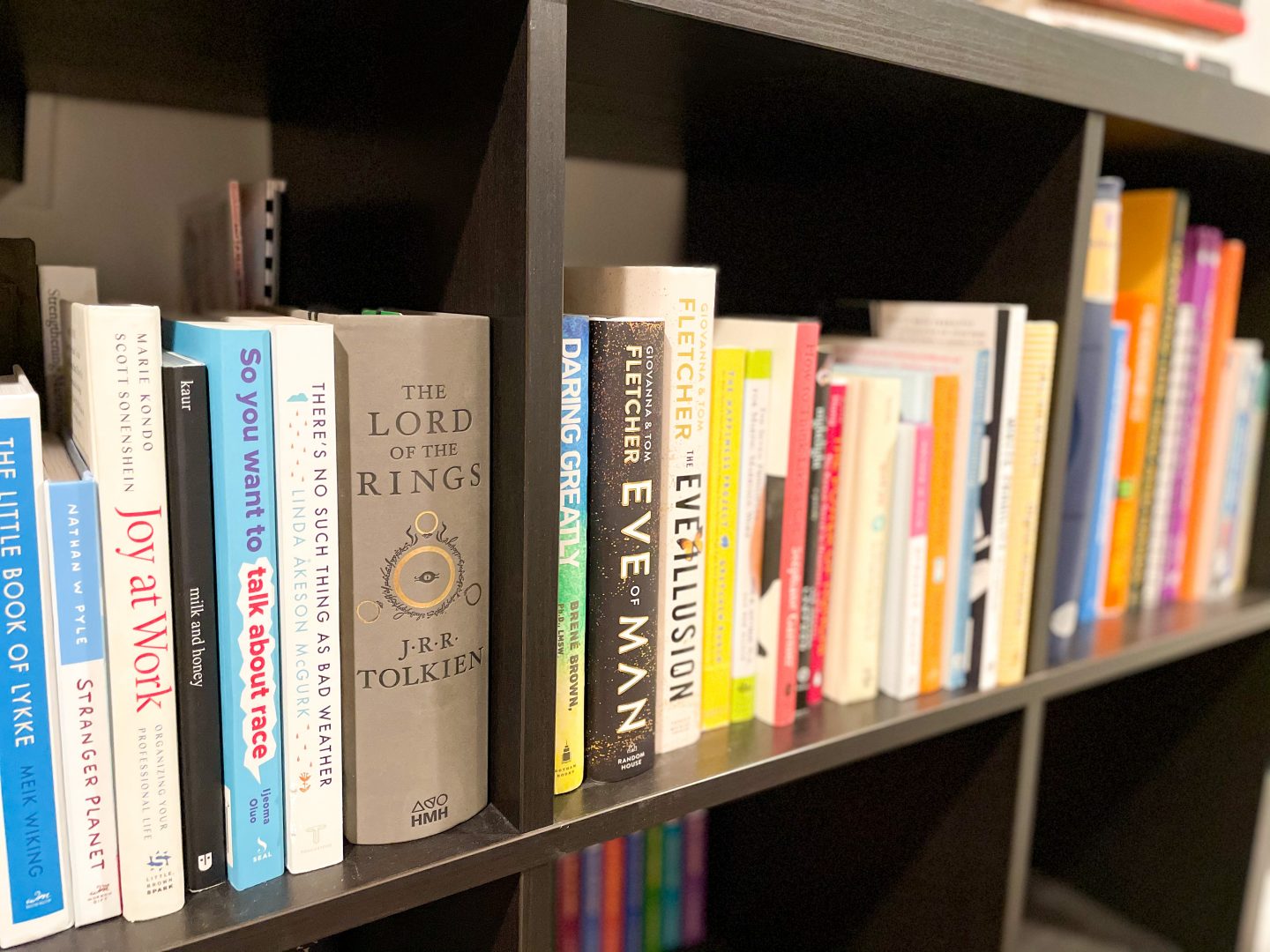
set limits – having some ground rules that you follow can help keep down the inevitable entropy. When my shirts or socks get holes in them, I toss them without much hesitation. If I finish a book, and it’s not one I’d be excited to re-read, have my kids read someday, or lend out, I donate it. I try to be scrupulous about what no longer has a place in our home (old lists, or information; things that are used up, etc.). In my kids’ rooms, their toys are meant to stay limited to what can comfortably fit on their toy shelves. For my wardrobe, I have literally KonMari’d the color navy. I used to wear it a lot, but over time only had a couple of pieces, and they didn’t fit with my dark jeans. Now, if I see some cute navy clothes, I just don’t go there, because I have removed it from my life, outside of jeans. When it comes to writing, or any creative pursuit, it’s often said that limits generate more creativity. I think it also hones more order.
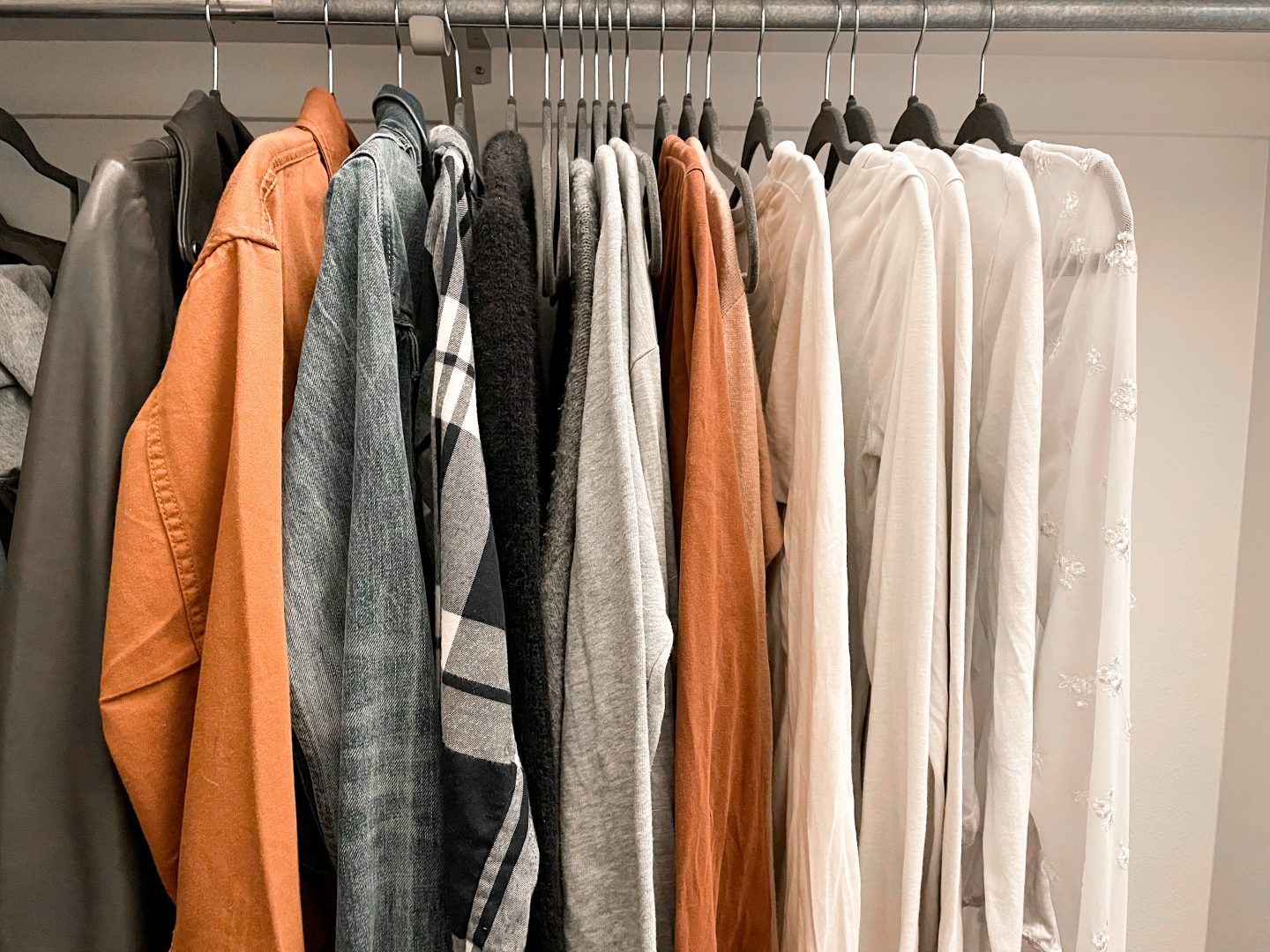
make room for what you do have – Marie Kondo says that people tend to have as much stuff as they can store. I’ve found that, at least in the houses I’ve been in, though that’s technically true, our storage is very bare-bones. (Cough, cough, all closets with one shelf up top and just a clothing rod.) In the KonMari method, she does recommend using storage boxes wherever possible. Pretty ones are nice, but sometimes just not in the budget. We get a bunch of cat food each month, and one day I realized I could use the boxes they were stacked in to organized some of the drawers throughout the house. It is much tidier, and cost me nothing extra. Sometimes, a little more work is necessary to make things feel decidedly functional. In a home with 3 floors, I knew I wanted to keep cleaning supplies on the main level, so they’d be easily accessible everywhere. But a single small, cluttered shelf wasn’t sparking joy—I had to dig to get what I was looking for each time. So we built a few simple shelves, and our cleaning closet was born. I love it. Don’t be afraid to alter your space—where possible—to get the functionality that you desire.
keep a list of your needs and wants – I discussed this a bit in my Super Budget post, but in short, I have a list of things we need, as well as things we want. This includes home improvement needs; furniture and other home design items; sizing up clothes for the kids; and hobby purchases like books or plants. Because I know what things I am hoping to get in the future, I am extremely, extremely rarely even tempted to impulse buy. My version of an impulse buy is to, like, buy clothes hangers that were already on the list, but I just happened to come across. Reducing the amount of things suddenly and erratically brought into your home will certainly make a big difference in the feel of your space.
To anyone seeking to get control over their space, and create more order in their lives, hopefully, this has given you some practical, real-life examples that resonate with you for how you might finally do it. I have done a KonMari with me series, where I go through each category in my own home, if you’re looking to go that route.
Having a space where everything has a place, is useful, or beautiful—perhaps, joy-sparking—to you offers a mental clarity. The weight of mess, disorganization, or a haphazard design is lifted. Things feel right. They are intentional, and give off the vibe you want. I have found that it has made housekeeping more manageable, as well. I wish the same for you, dear reader.
Good luck!


